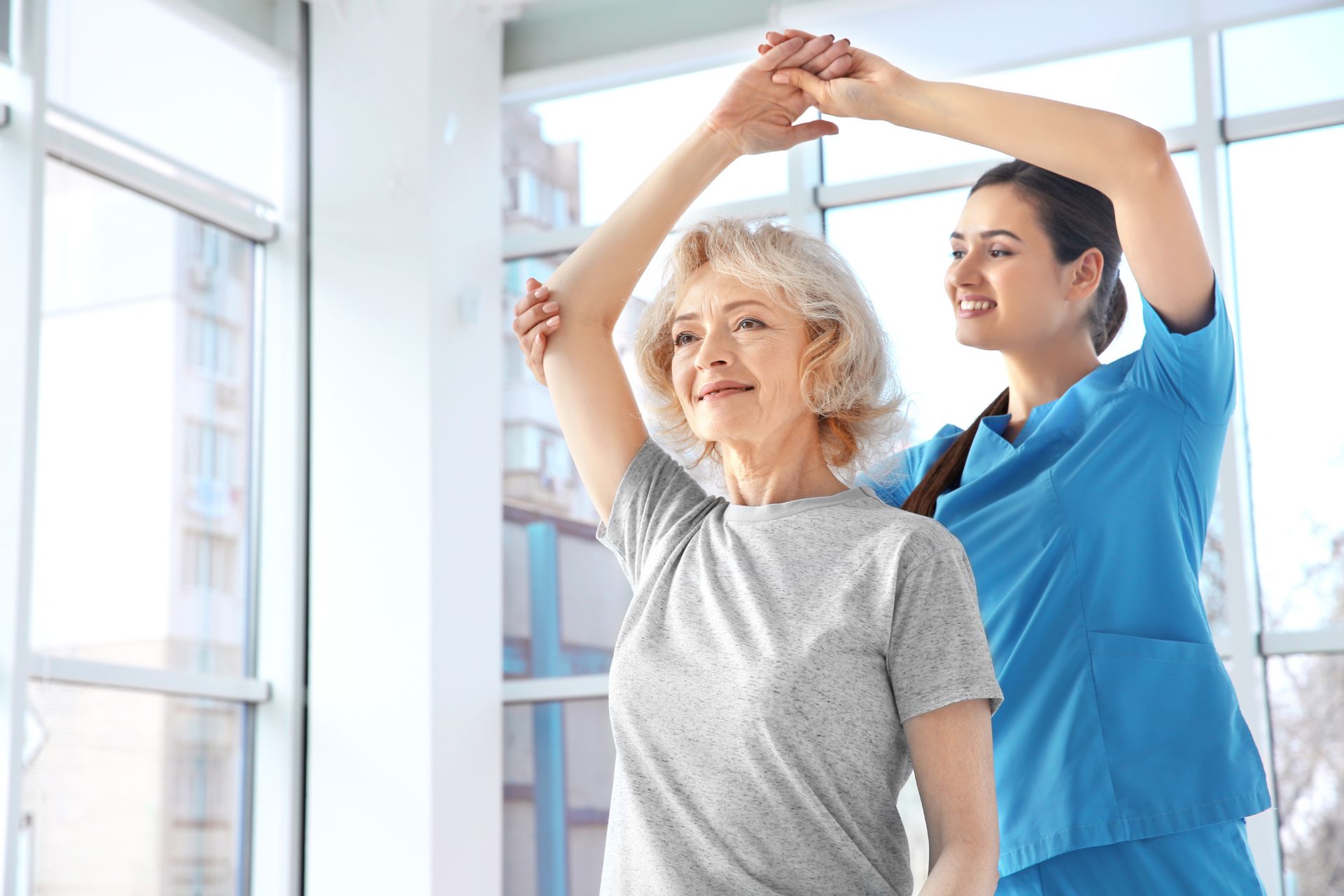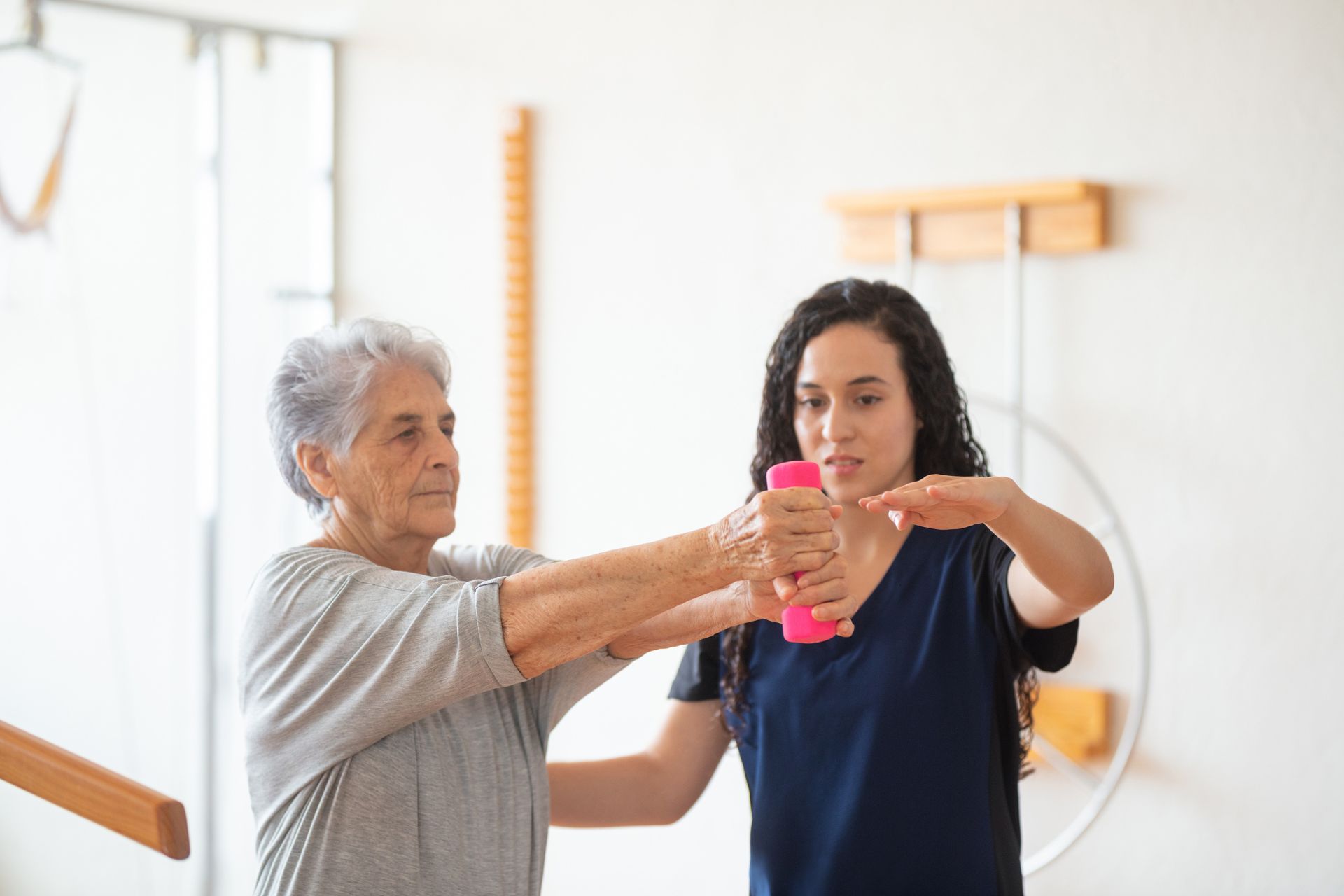Frequently Asked Questions
What are the most effective balance training exercises for elderly patients with a history of falls?
For elderly patients with a history of falls, engaging in effective balance training exercises is crucial for enhancing stability and preventing future incidents. Exercises such as single-leg stands, where individuals maintain balance on one leg while holding onto a sturdy surface, significantly improve proprioception and core strength. Incorporating tai chi, known for its slow, controlled movements, can enhance coordination and reduce the risk of falls by promoting body awareness and flexibility. Additionally, the use of balance boards or stability discs can challenge the vestibular system and improve overall postural control. Strength training exercises, particularly those targeting the lower extremities, such as calf raises and squats, contribute to muscle endurance and joint stability, further reducing fall risk. Furthermore, activities like heel-to-toe walking and side-stepping can enhance lateral stability and improve gait mechanics. Regular participation in these balance-enhancing activities not only fosters confidence but also cultivates a safer environment for elderly individuals prone to falls.
Physical therapy interventions for patients with dementia-related mobility issues can be meticulously tailored by incorporating individualized assessment strategies that consider cognitive impairments, behavioral challenges, and physical limitations. Therapists can utilize task-specific training to enhance functional mobility, focusing on activities of daily living (ADLs) such as walking, transferring, and balance exercises. Incorporating visual and auditory cues can aid in improving spatial awareness and coordination, while the use of assistive devices, like walkers or canes, can promote safety and independence. Additionally, engaging patients in familiar and meaningful activities can stimulate cognitive function and encourage participation, thereby enhancing motivation. Therapeutic modalities, such as gentle stretching and strengthening exercises, can also be integrated to address muscle weakness and joint stiffness, ultimately fostering improved gait patterns and reducing fall risk. Regular reassessment and modification of the intervention plan are essential to accommodate the progressive nature of dementia, ensuring that the physical therapy approach remains effective and responsive to the patient's evolving needs.
Aquatic therapy plays a significant role in the rehabilitation of older adults with arthritis by providing a low-impact environment that reduces joint stress while enhancing mobility and strength. The buoyancy of water alleviates the weight-bearing load on arthritic joints, allowing for greater range of motion and flexibility during therapeutic exercises. This form of rehabilitation utilizes hydrotherapy techniques, such as resistance training and aquatic stretching, which can improve muscle tone and endurance without exacerbating pain. Additionally, the warm water often used in aquatic therapy can promote relaxation and decrease muscle stiffness, further aiding in pain management. The social aspect of group aquatic therapy sessions also fosters a sense of community and motivation among participants, which can enhance adherence to rehabilitation programs. Overall, aquatic therapy serves as an effective modality for improving functional outcomes and quality of life in older adults suffering from arthritis.
Physical therapists can effectively assess and address sarcopenia in geriatric patients through a comprehensive evaluation that includes functional performance tests, muscle strength assessments, and body composition analysis. Utilizing tools such as the Timed Up and Go (TUG) test, handgrip dynamometry, and bioelectrical impedance analysis, therapists can quantify muscle mass, strength, and physical performance, identifying deficits that may indicate sarcopenia. Additionally, they can implement tailored exercise interventions, focusing on resistance training, balance exercises, and aerobic conditioning to enhance muscle hypertrophy, improve neuromuscular function, and increase overall mobility. Education on nutrition, particularly protein intake and supplementation, is also crucial in addressing the anabolic resistance often seen in older adults. By employing a multidisciplinary approach that incorporates evidence-based practices, physical therapists can significantly mitigate the effects of sarcopenia, promoting functional independence and improving the quality of life for geriatric patients.
Effective pain management in elderly patients undergoing physical therapy for hip replacements involves a multifaceted approach that prioritizes individualized care and evidence-based strategies. Clinicians should conduct thorough assessments to evaluate the patient's pain levels, functional mobility, and overall health status, utilizing tools such as the Visual Analog Scale (VAS) or the Numeric Rating Scale (NRS) for accurate pain quantification. Incorporating a combination of pharmacological interventions, including nonsteroidal anti-inflammatory drugs (NSAIDs) and acetaminophen, alongside non-pharmacological modalities like heat therapy, cold packs, and transcutaneous electrical nerve stimulation (TENS), can significantly enhance pain relief. Additionally, implementing a gradual progression of therapeutic exercises, focusing on range of motion, strength training, and balance activities, is crucial to minimize discomfort while promoting functional recovery. Regular communication between the physical therapist, the patient, and the healthcare team ensures that any adverse effects or complications are promptly addressed, fostering a supportive environment that encourages adherence to the rehabilitation program. Furthermore, educating patients about pain management techniques, such as mindfulness and relaxation strategies, can empower them to actively participate in their recovery process, ultimately leading to improved outcomes and enhanced quality of life.

